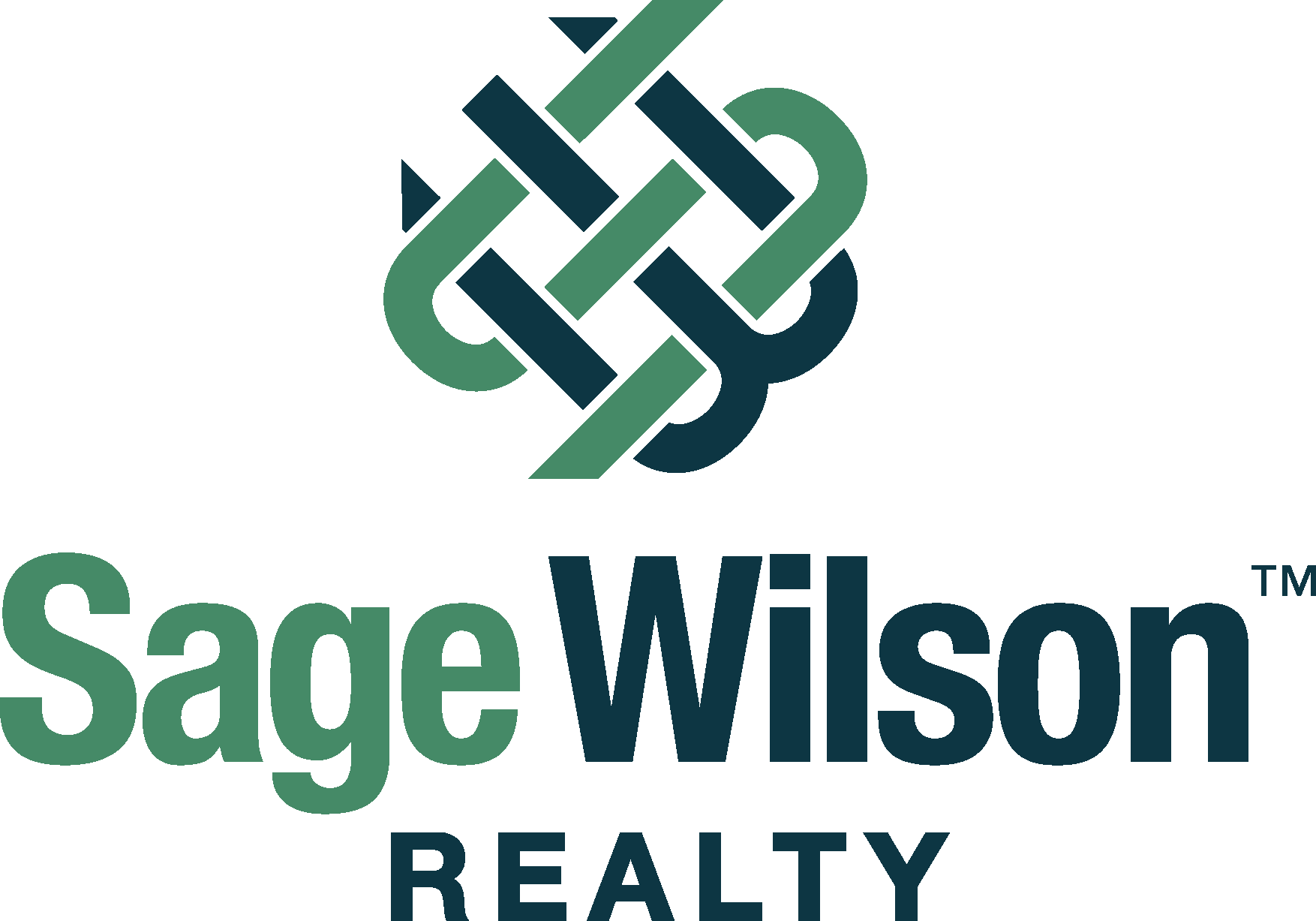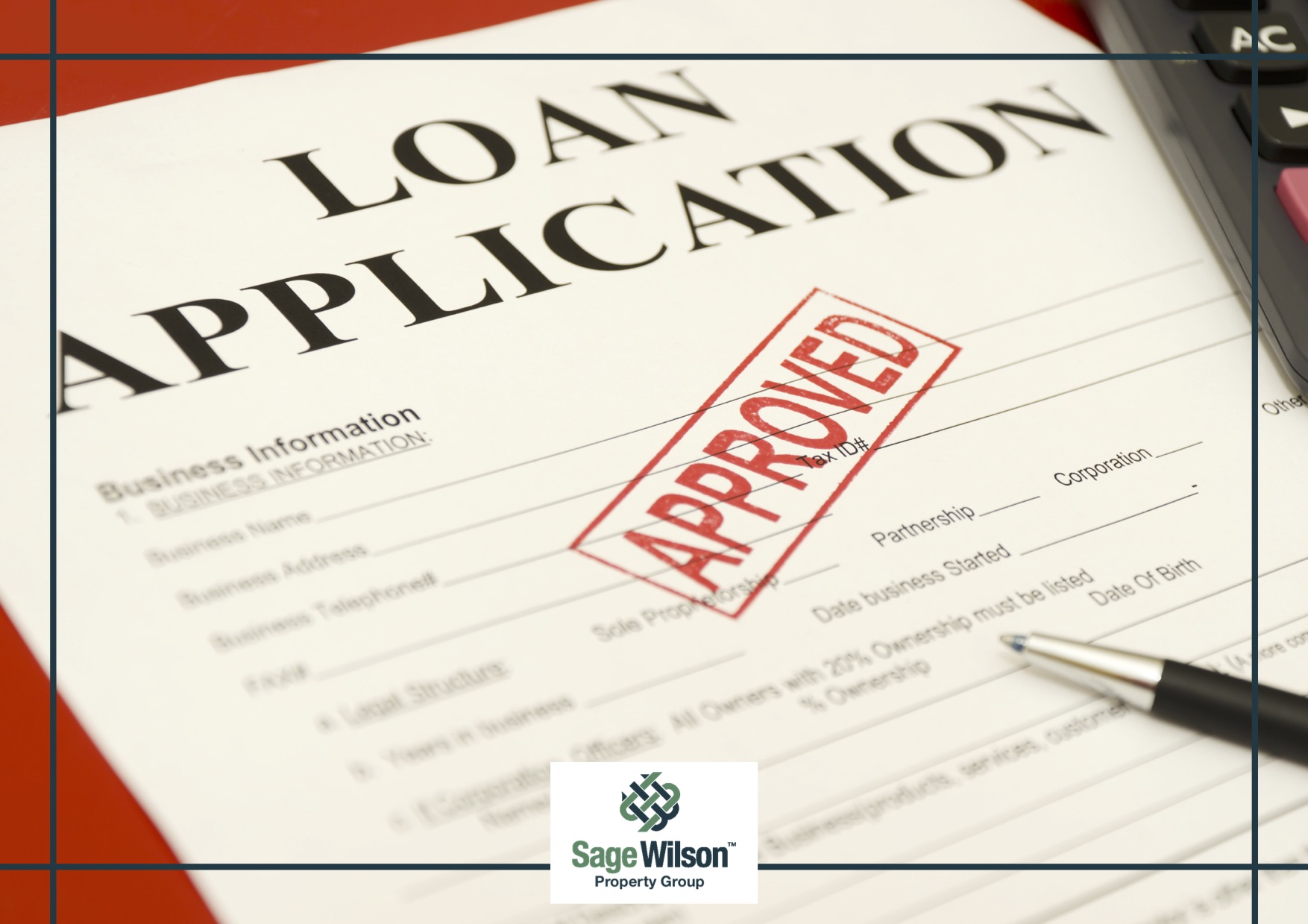Last blog post, we covered an introduction to home improvement loans, an FHA 203(K) loan, an FHA Title 1 Property Improvement Loan, and the advantages and disadvantages of each one. In this post, we’ll continue the conversation by discussing the four other options: Home Equity Loans (HEL), Home Equity Line of Credit (HELOC), Personal Loans, and Credit Cards.
Types of Home Improvement Loans
Home Equity Loans (HEL)
The first type of home improvement loan is the Home Equity Loan is best suited for homeowners and investors with stable income and high equity. It’s a popular option for homeowners who can afford long-term debt and have enough equity in their home. With this loan, the homeowner’s equity is repaid with fixed monthly payments over 5 to 30 years. It’s almost like taking out a second mortgage since it’s borrowing against your home equity to receive funding. The homeowner can use the money they receive for anything.
The loan cannot exceed 85% of the owner’s home equity. That’s why it’s crucial to have a plan and budget in place for the renovations, closing costs, origination, and appraisal fees. The downside of this type of loan is the high-interest rates.
Pros
- Fixed rates and monthly payments
- Lower rates than personal loans and credit cards
- Lump-sum cash amount
- Unrestricted use
- Interest could be tax-deductible
Cons
- Foreclosure risk
- Requires enough equity
- Requires stable, reliable income
- Needs strong credit score
- Application and appraisal costs
- Origination fees
Home Equity Line of Credit (HELOC)
The Home Equity Line of Credit loan is the second home improvement loan we’re covering. It’s best for homeowners with high equity who require flexibility. This loan is similar to a home equity loan, in which you’ll borrow against the home equity the owner has in the property. The difference is instead of receiving fixed monthly payments; the owner will receive a revolving credit line supported by the home equity. This allows for more flexibility as the renovations don’t have a price limit.
The benefit is being able to withdraw money as needed up to a certain amount. The downside is the minimums and withdrawal fees lenders could charge. The interest rates depend on the owner’s credit history, loan-to-value ratio, and loan amount. That’s why having a good credit score and good equity is necessary for this loan.
Pros
- Low annual percentage rates compared to credit cards
- Revolving line of credit to use at owner’s discretion
- Offers flexibility for a renovation budget
- Lenders could waive closing closets
- Interest could be tax-deductible
Cons
- Risk of foreclosure
- Requires enough equity
- Requires a high credit score
- Rates are higher than the first mortgage
- Variable interest rates
- Appraisal and closing costs
- Lenders can freeze or reduce the credit line
- Rental properties do not qualify
Personal Loans
The last home improvement loan we’re touching on is personal loans. Personal loans are financed through a private lender or a credit union. It’s an excellent option for homeowners or investors with good credit, need financing quickly and don’t want to offer their home as collateral.
Several personal loan services guarantee no prepayment penalties and can direct the funding into your bank account by the next business day. Another benefit is the monthly repayment plans are significantly shorter than other financing options as loans range from 1 to 5 years.
Pros
- No risk of foreclosure
- No home equity requirements
- Lump-sum can be used for discretionary use
- Fast funding
- Fixed or variable interest rates
- Lenders could waive origination fees
Cons
- Higher loan rates
- Requires good to excellent credit score
- Short repayment term
- No federal loan benefits or protection
- Interest is not tax-deductible
Credit Cards
The last option is the classic credit card. Using a credit card to finance renovations is best for affordable, small-scale projects. A credit card can be thought of as a small loan as you could afford to pay in full but can finance over a few months. Common renovations for using a credit card are new appliances or a new paint job.
Many credit cards offer an introductory 0% annual percentage rate for the first 12 months. This means you pay any interest on the outstanding balance for a year, which can save you money. The other benefit is the cashback or rewards some credit cards can offer for home improvement-related purchases.
Pros
- No collateral needed
- 0% APR introductory period
- Unrestricted use
- Use as needed
- Possible cashback and rewards
Cons
- Very high APR rates after the first year
- High debt can become unmanageable
- Raises credit utilization ratio
- Best for simple, affordable repairs
- Interest is not tax-deductible
If you need help renovating your rental or home, contact us! Reach out to us anytime at info@sagewilson.com or (512) 828-7074.





